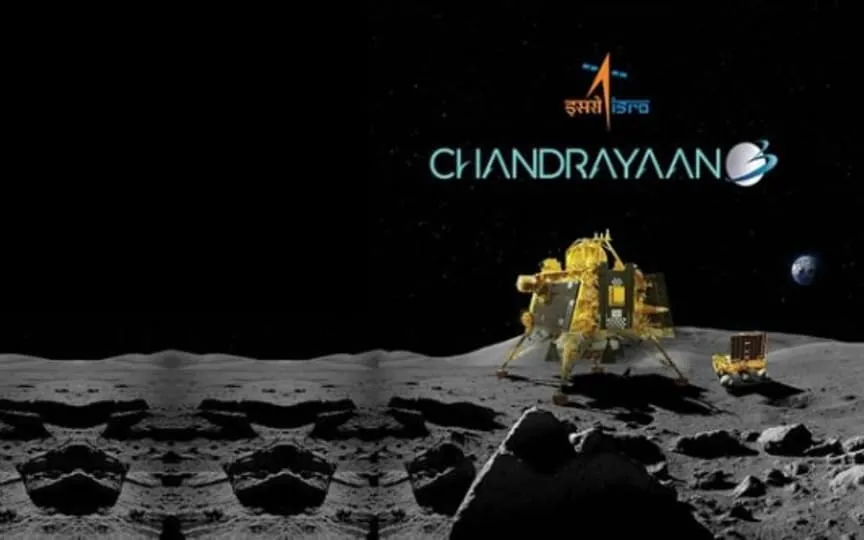Unveiling the Future: ISRO to Showcase Chandrayaan-3’s Cutting-Edge Tech at Bengaluru Summit!
The Chandrayaan-3 mission, which made significant advancements in space exploration and was a major triumph for ISRO, will be prominently featured at the upcoming Bengaluru Tech Summit. The focal point of this year’s Karnataka annual tech exposition will be the Chandrayaan-3 ISRO-Industry Pavilion, where India’s advancements in space exploration will be showcased. For more information on this Bengaluru Summit, click here.
Bengaluru Tech Summit
Bengaluru Tech Summit is scheduled from November 29 to December 1. The theme of this summit is “breaking the boundaries”. This summit aims to attract global technology leaders, start-ups, investors, researchers and government representatives from more than 30 countries.
The main attraction of this summit is the 1:1 scale model of the Chandrayaan-3 mission lander. This model provides participants with a first-hand view of the cutting-edge technology of the Chandrayaan-3 mission. Priyank Kharge, Minister of Information Technology and Biotechnology and Rural Development and Panchayat Raj was quoted by The Hindu as saying that an immersive experience will be created in a specially erected geodesic dome to provide information about lunar missions, space science and technology. Chandrayaan-3 mission. It is created using augmented reality (AR) and virtual reality (VR) technologies combined.
Chandrayaan-3 mission Scientific results
Chandrayaan-3 flight successfully landed on August 23. It had a significant impact on the exploration of the moon. During the Chandrayaan-3 mission, ISRO scientists successfully obtained a number of scientific results that can be very useful for scientists to study the lunar surface. Some of the most important scientific findings are presented below:
1 – First observations from the ChaSTE payload of the Vikram Lander of the Chandrayaan-3 mission recorded lunar surface/near-surface temperature variations at various depths. This was recorded during probe penetration. According to ISRO, this is the first such profile for the south pole of the moon.
The Laser Induced Breakdown Spectroscopy (LIBS) instrument mounted on 2-Chandrayaan-3’s Pragyan Rover made the first-ever in situ measurements confirming the presence of sulfur (S) in the lunar south polar region.
3-Pragyan Rover’s APXS detected minor elements such as sulfur, apart from the major expected elements such as aluminium, silicon, calcium and iron.
4-The RAMBHA-LP payload mounted on the Vikram Lander performed the first in situ measurements of the surface-bound lunar plasma environment in the south polar region. A preliminary assessment of the measurements showed that the plasma surrounding the surface of the moon is relatively sparse.
5- ILSA’s payload in the Chandrayaan-3 mission’s Vikram Lander recorded the vibrations caused by the movements of the Pragyan Rover and also other payloads.
6 – NRSC/ISRO researchers estimate that about 2.06 tons of lunar epiregolith was ejected and moved over an area of 108.4 m² around the landing site.
These scientific results can help scientists from all over the world in future lunar exploration missions.




